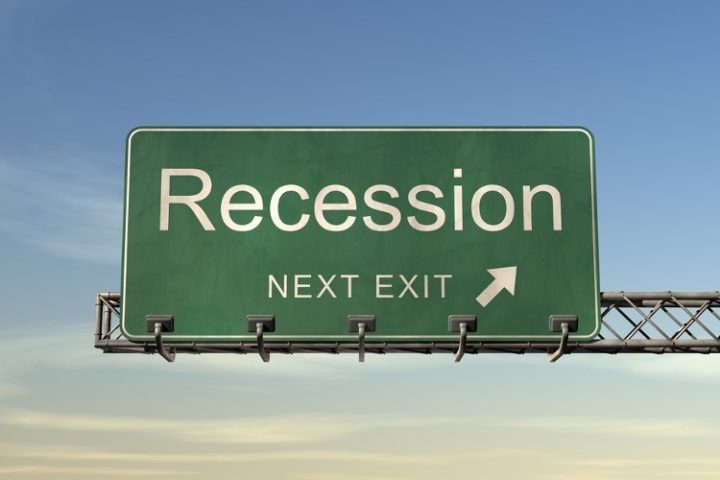
According to a report released last week by the University of Michigan,
The University of Michigan consumer sentiment for the US fell to 59.1 in May of 2022, the lowest since August of 2011, from 65.2 in April and below market forecasts of 64, as Americans remained concerned over … inflation.
Behind the headline there was little good news:
The current economic conditions index fell to 63.6, the lowest in 13 years while the expectations gauge sank to 56.2 from 62.5….
To make things even worse, the index of buying conditions for durable goods, such as household appliances, fell to the lowest level since the survey began in 1978….
Consumers’ assessment of their current financial situation relative to a year ago is at its lowest reading since 2013, with 36% of consumers attributing their negative assessment to inflation.
Economic prognosticators make a handsome living explaining the continuing drop in consumer sentiment. Topping the list is rising prices, incorrectly but repeatedly called “inflation.” Rising prices is the result of the inflation of the currency and the Federal Reserve is responsible for that.
Regardless, consumers see the impact every day at the grocery store and the gas pump. Every day they see their paychecks purchasing less and less. And they’re mad at Joe Biden, pushing his job approval rate to ever lower lows.
There are plenty of other “causes,” including the Russian invasion of Ukraine, the invasion of illegals across the nation’s southern border, China’s internal lockdowns disrupting the supply chain, and the Fed’s belated response to the rising prices that its policies have created.
The Fed is playing catch up. Initially Fed Chairman Jerome Powell said last fall that the rise in prices was “transitory.” Now, to quench the fire he started, he is raising interest rates under the assumption that a slower economy will force prices down. There is little talk of the Fed reducing the money supply, which is the only permanent solution.
The Fed’s recent 50 basis point (half of a percentage point) rise in the Fed Funds Rate is not only the largest single increase in 22 years, but Powell has promised a similar half-point rise in interest rates at each of the next two meetings of the Fed’s Board of Governors.
The trick is to avoid raising interest rates too far and too fast, forcing a contraction in economic output. Two quarters of negative growth is the classic definition of a recession.
Some are blaming Wall Street, which has given up about a fifth of its value just since the first of the year. More than $7 trillion has evaporated from the stock market so far this year.
Others are saying that the decline on Wall Street is a predictor of a recession six months out.
Still others point to the recent “yield curve inversion,” that moment in time when short-term interest rates rise above long-term interest rates. The history is unhappy: That “inversion” has preceded every recession since 1955 — and giving only one “false positive” during that time — according to the Federal Reserve Bank of San Francisco.
Another good living is made by those predicting just how far Wall Street will drop in the event of a recession. One firm doing just that is DataTrek, which is saying Wall Street could drop another 25 percent before finding a bottom. That would bring the Dow, currently trading at 32,200, down to 24,000. And the S&P 500 Index, currently at 4,000, would decline to 3,000.
One prognosticator with a remarkable record of calling tops and bottoms is Barry Ritholtz. His asset-management firm, Ritholtz Wealth Management LLC, has over $2.7 billion in assets under management. His blog, The Big Picture, generates half a million page views every month, and he is one of the few who saw the coming housing implosion and derivative mess long before his peers.
Today he is taking the long view. He wrote on Friday that there are many competing explanations for the selloff on Wall Street, including “inflation, war, rising Fed Fund rates, [the] end of cheap capital, [the] fall-off in liquidity, [the] impending recession, and political unrest.”
He thinks there is a simpler answer: a reversion to the mean. Wrote Ritholtz:
Over the past decade, we have enjoyed returns of above 14% per year … the past two years gained 20% and 28%….
Over longer periods of time, equity markets generate average returns of 8-9%….
Perhaps [the decline] is nothing more complex than mean reversion.
For the long haul, Ritholtz remains bullish:
This market could/should have another good 5-7 years in it (assuming random events do not mess it up).
That is how I have been seeing this market for a while: it is one part history, one part secular theory, [and] two parts wishful thinking.



